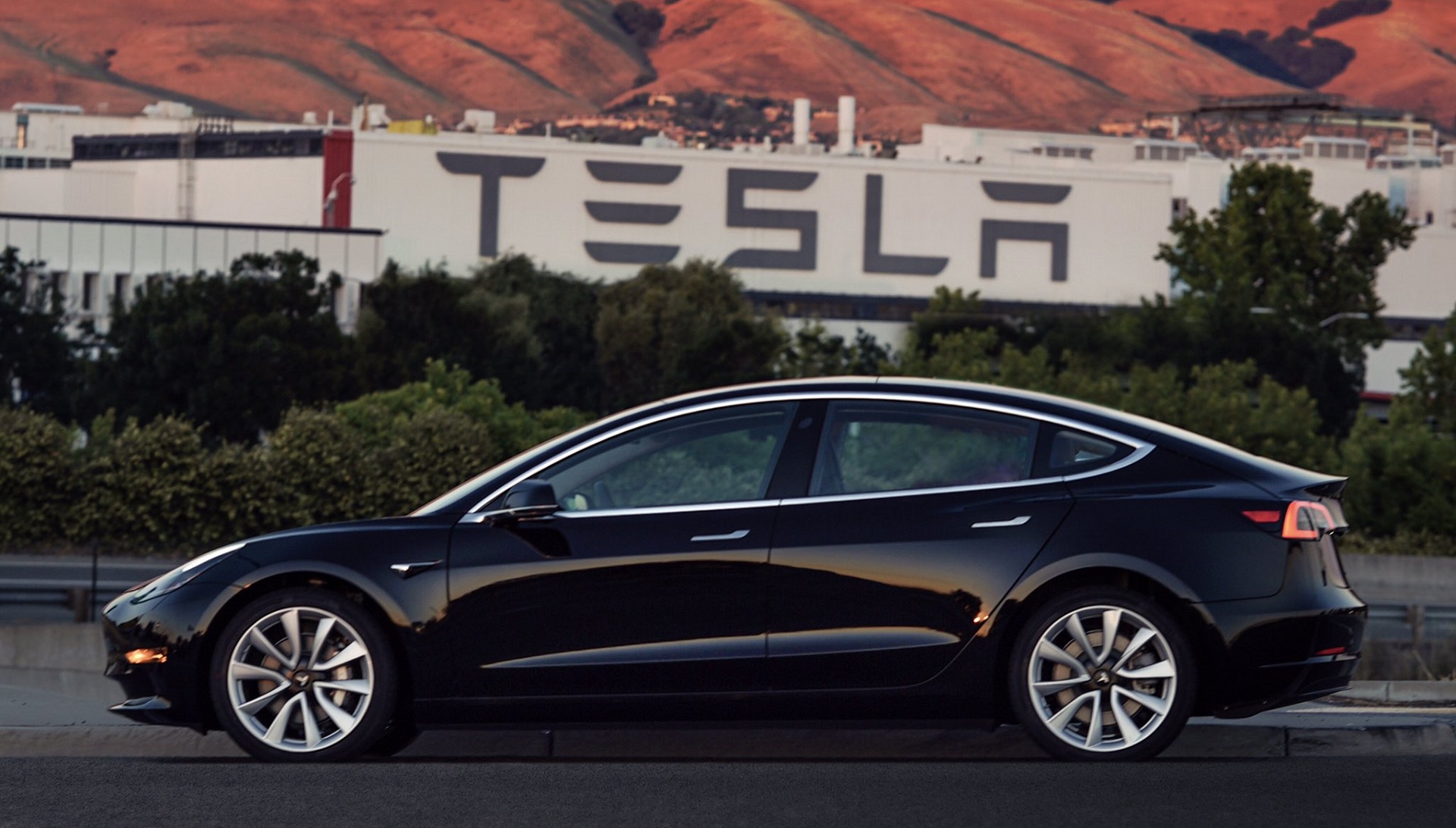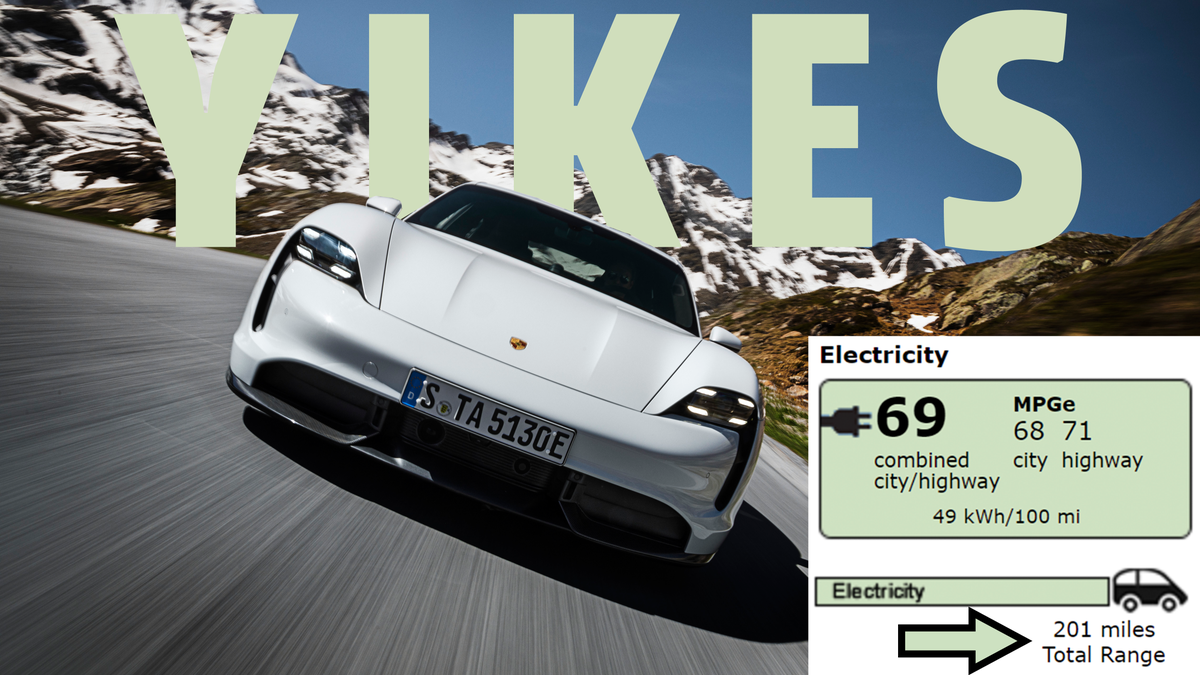I can just repeat myself. It's EPA's rating and you can't blame Tesla for it, unless they cheat like VW did, which no one alleged yet.The EPA does not test the cars. The numbers are self-reported. EPA only tests if they smell a rat. This is true throughout the automotive sector, not just Tesla.
The EPA publishes the test criteria and then the manufacturers test and self-report.
Having said that, I THINK your overall point is that the EPA's testing methodology is not a good representation of "real world" conditions for EV's. For that, I 100% agree. Keep in mind that the tests are done indoors on a dyno, and then correction factors are applied for weather. I think that Tesla's drivetrains are SO efficient that their aero load is just that much more of a loss percentage than any other EV maker. And so the correction for aero isn't as "real world" for Tesla as it is for other manufacturers.
It's a completely different question whether the EPA test matches someone's real-world driving pattern/style.
All ICE cars are also marketed based on EPA ratings and those are also often way off so there's nothing new here.
I used to own a Prius that had an advertised 50 mpg fuel economy, pretty much the same in city and highway.
I only hit 50 with it in the most ideal conditions. In the winter with lots of highway driving it was around 40. Even lower if I just used it for short trips in the winter in the city.
My Model S LRP usually has about 15% less range than advertised nowadays with 90F+ outside temperatures (AC going on high), lots of fast highway driving and often getting stuck in traffic jams. I'm totally fine with it.





